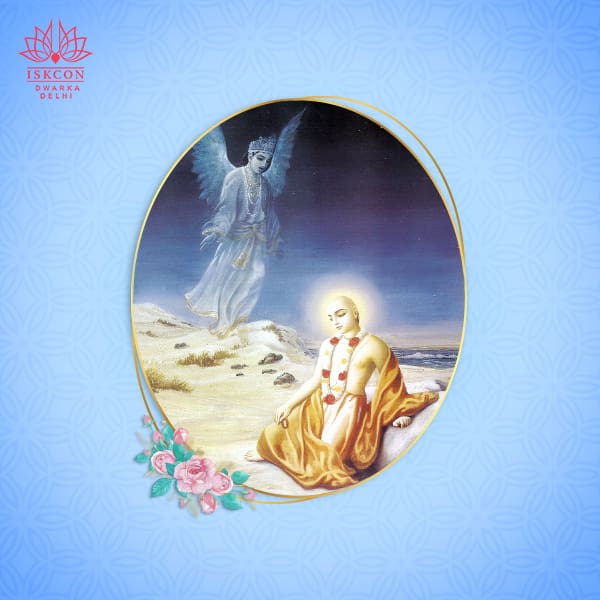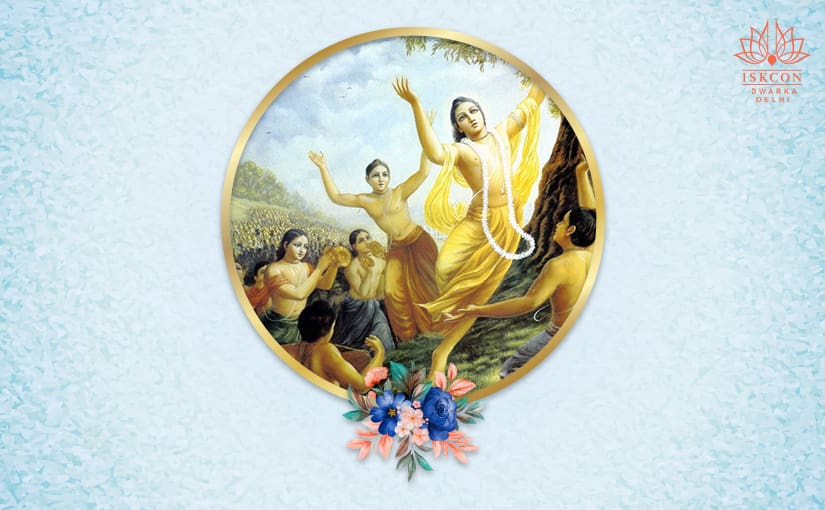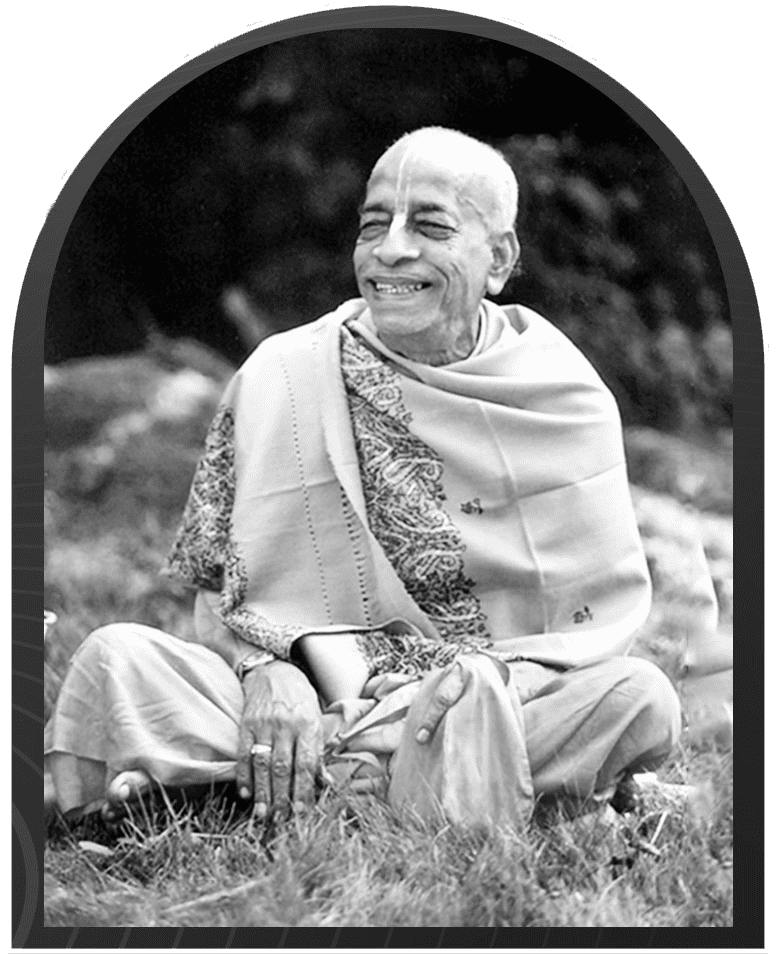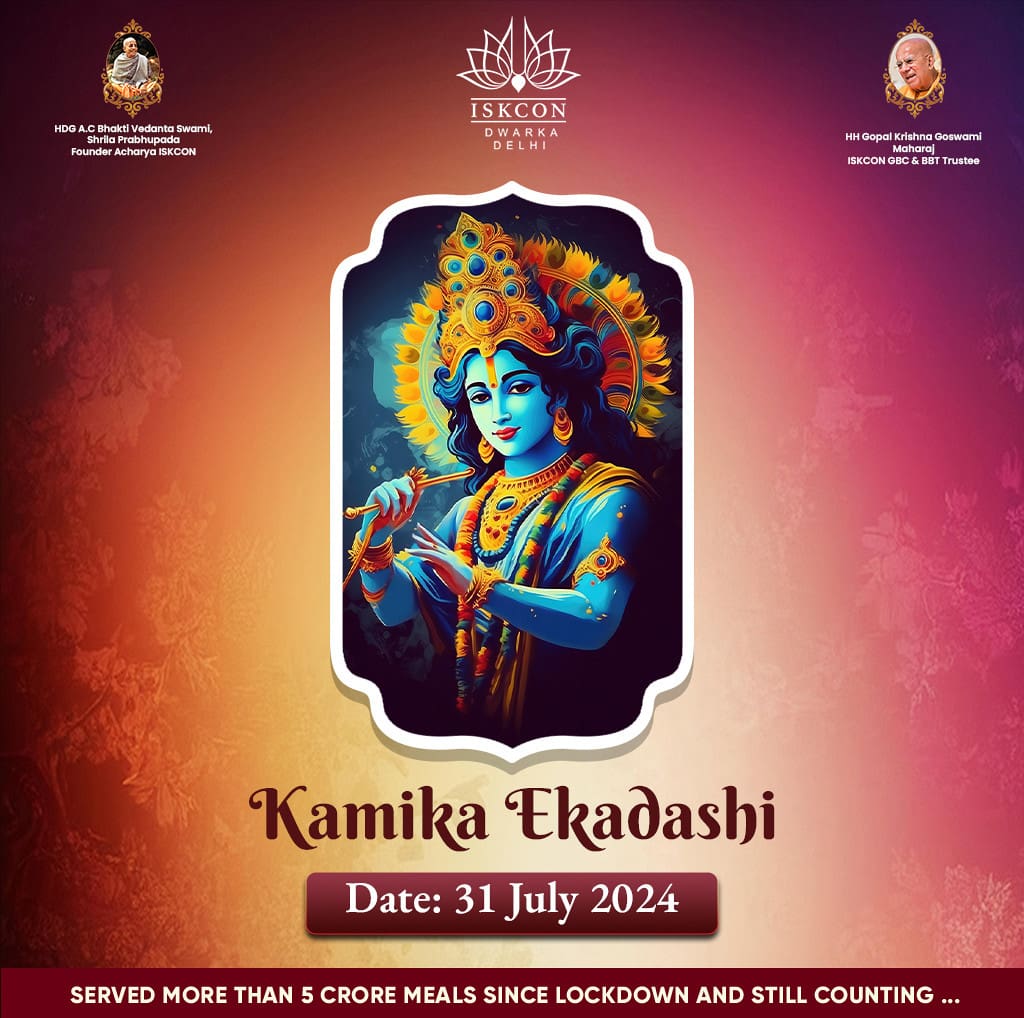Gaura Purnima is a Vaishnava festival that honours Sri Chaitanya Mahaprabhu, who created Gaudiya Vaishnavism and was born between 1486 and 1534. It takes place on the day of the full moon, or Purnima, in the Hindu month of Phalguna, which often falls in March or April. The name Gaura Purnima, which refers to Chaitanya, means “Golden Full Moon.” During this holiday, his adherents fast and chant together before everyone enjoys a feast at the moonrise. We observed it on 25 March 2024. Gaudiya Vaishnavas observe this festival as a part of the Nabadwip-mandala Parikrama. So, let’s discuss the significance of Gaura Purnima.
Sri Chaitanya Mahaprabhu’s Life Story
The festival of Gaura Purnima honours the birth of the divine form of Sri Krishna Chaitanya Mahaprabhu at Mayapur, Nadia, in the year 1486 CE. Celestial indications and joyous celebrations heralded his arrival, indicating enormous spiritual importance for the globe. Mahaprabhu won hearts as a kid with His captivating presence and lighthearted nature, and His early miracles suggested that He was on a supernatural mission. His deep spiritual journey began with an upbringing steeped in academic pursuits and spiritual beliefs.
As soon as Mahaprabhu started attending formal schooling, he excelled in philosophy and Sanskrit, but his calling went beyond academic success. His remarkable grasp of spiritual truths demonstrated at an early age, captivated the attention of both intellectuals and laypeople. His life-changing journey began when he married at sixteen, inspiring him to give up material possessions and live as a nomadic ascetic.
Mahaprabhu’s holy presence, which travelled throughout India, created a lasting impression on everyone who came into contact with Him. His teachings and amazing deeds moved thousands of people to tears, and they shared the good news of Krishna’s divine love and devotion. At the age of thirty-one, Mahaprabhu settled in Puri, and his celestial aura still shone over His devotees’ lives. He embodied the essence of divine love and purity, immersing Himself in passionate kirtans and profound spiritual conversations while surrounded by devoted disciples.
As a reminder of Mahaprabhu’s enduring heritage, Gaura Purnima encourages future generations to pursue spiritual enlightenment and the path of devotion. His example of unselfish love, compassion, and everlasting devotion to Lord Krishna left a lasting impression on humanity’s spiritual terrain.
How is Gaura Purnima Celebrated?
The ceremonies commence with a Pallakki Utsava of Sri Sri Nitai Gauranga (Lord Chaitanya Mahaprabhu and Lord Nityananda). Amid loud kirtans, devotees parade the Utsava Deities in a Pallakki decorated with flowers. Devotees give a lavish abhisheka to the Deities of Nitai Gauranga following the procession. Devotees then wash Their Lordships in a mixture of panchamrita, panchagavya, and different fruit fluids. Worshiping the Lord, devotees repeat Brahma-Samhita prayers. The Gaura aarti, a song by Srila Bhaktivinoda Thakura, is played during a big arati. Following the arati, the devotees chant the Purusha Sukta prayers while they bathe the Deities in holy water drawn from 108 kalashas. After that, pushpa vrishti (a shower of fragrant flowers) and a special offering of 56 dishes are given to Their Lordships (chappan bhog). Sri Sachi Tanayashtakam, which depicts His transcendental form, characteristics, and actions, is sung as a Shayana arati after the abhisheka.
What is the Importance of Gaura Purnima?
Gaura Purnima commemorates Sri Chaitanya Mahaprabhu’s (The Golden Avatara) most auspicious arrival. After Janmashtami, it is one of the most significance of Gaura Purnima festivals for Gaudiya Vaishnavas. The Absolute Lord Sri Krishna emerged as Sri Chaitanya Mahaprabhu to create the Sankirtana Movement. As the son of Sri Jagannath Mishra and Srimati Sachidevi, he first appeared at Sridham Mayapura on the day of the Phalguna month on full moon day in 1486 AD.
The disclosed scriptures foretold Lord Krishna’s manifestation as Sri Chaitanya Mahaprabhu in his Golden Avatara (incarnation) to advance and popularize the collective recitation of the Lord’s Holy Name, achieving spiritual perfection, and combating the polluting effects of this horrendous age of conflict and hypocrisy.
Vedic literature exalts Lord Chaitanya Mahaprabhu as the kindest incarnation. Lord Chaitanya Mahaprabhu freely transmitted the method for freeing the fallen soul from Maya’s grip without any restrictions or discrimination.
He Introduced Joyful Chanting
Sankirtana yajna, the joyfully chanting and dancing of the Holy Name of the Lord, was introduced, induced, and infused by Lord Chaitanya without any requirements for understanding Vedic scripture, going through extreme austerities of meditation, paying expensive fire sacrifices, or engaging in difficult temple worship.
One can instantly overcome the dark age’s negative effects by chanting the Holy Name of the Lord.
“Hare Krishna Hare Krishna Krishna Krishna Hare Hare
Hare Rama Hare Rama Rama Rama Hare Hare,”
Experience the higher taste, and discard the lower taste, which keeps us imprisoned in the miserable material Prison house forever. At this period, it is a special privilege to have Lord Chaitanya’s Mercy, which has given us the strength and inspiration to proudly march out of the material world’s prison house and onto the path of Sankirtana, which leads to the highest spiritual planet Goloka Vrindavan.

When Chaitanya Mahaprabhu Took Spiritual Initiation?
Jesus traveled to Gaya with a large group of His pupils when He was 16 or 17. He received spiritual initiation from Isvara Puri, a Vaisnava’sannyasi’ and a student of the illustrious Madhavendra Puri. Nimai Pandita converted to a religious preacher upon His return to Nadia. His religious nature became so strongly portrayed that Advaita Prabhu, Srivasa, and others who had previously joined the Vaisnava faith were astounded by the young man’s transformation. He ceased to be a disputing “naiyayika,” a quarreling “smart,” and a critical rhetorician.
He swooned at the mention of Krsna and, influenced by His religious passion, acted like a man inspired. Eyewitness Murari Gupta claims that He manifested His divine abilities in front of hundreds of His devotees, the most intelligent scholars, at the home of Srivasa Pandita. At this time, He established a nighttime “kirtana” school on Srivasa Pandita’s property with the help of His devout disciples. He performed various religious acts there, including preaching, singing, and dancing. At that time, Nityananda Prabhu, a preacher of Vaisnavism who had just finished touring all of India, joined Him. He was joined by many Vaisnavite “pandita” preachers from all across Bengal who were earnest in their beliefs. The Vaisnava “acaryas,” whose goal was to spiritualize humanity with the greatest effect of the Vaisnava creed, now made Nadia their usual residence.
He Taught the Esoteric Principles of Bhakti
To his devotees, he showed miracles, taught the esoteric principles of ‘bhakti,’ and sang His ‘sankirtan’ with other bhaktas. The holy name of Hari began to be sung in the streets and bazaars by his disciples in the town of Nadia. It generated a commotion and awakened diverse feelings in different quarters. The “bhaktas” were ecstatic. Due to their envy of Nimai Pandita’s prosperity, the “smarta Brahmanas” complained to Chand Kazi that Caitanya was an un-Hindu character. The Kazi arrived at Srivasa Pandita’s home, broke a’mrdanga’ (‘khola’) drum there, and threatened to impose Mohammedanism on Nimai Pandit and His adherents unless He stopped making noise about His strange religion.
He was Induced to Visit the House of Advaita Prabhu
“Following His’sannyasa,’ He was persuaded to go to Advaita Prabhu’s home in Santipura. Advaita took Sacidevi to visit her son and brought all of His friends and admirers from Nadia. When she saw her son dressed as a “sannyasi,” she felt both joy and anguish. Krsna Caitanya only wore a “kaupina” (two pieces of clothing, a loin cloth) and a “bahirvasa” while acting as a “sannyasi” (outer covering). His hands held a “danda” (stick) and a “kamandalu” (hermit’s water jug), and His head was hairless. The Holy Jesus dropped at the feet of His adored mother and murmured, “Mother! You own this body; thus, I must follow your instructions. Enable me to travel to Vrndavana so that I can advance spiritually.
Conclusion
Gaura Purnima is the proper time to worship and receive Lord Krishna’s blessings.
We wish you to observe the correct worshipping customs. You can participate in charitable giving and other acts of kindness through the Iskcon temple, which will please Lord Krishna. Keep chanting the Krishna mantra, “Hare Krishna, Hare Rama,” until we meet next. By supporting our blogs, continue reading these articles to know Iskcon temple timings for several events.





